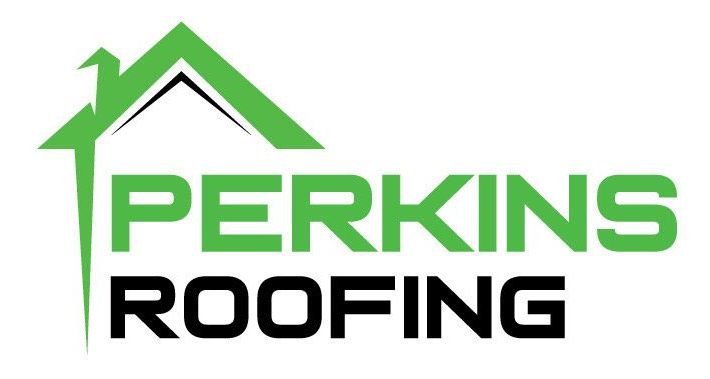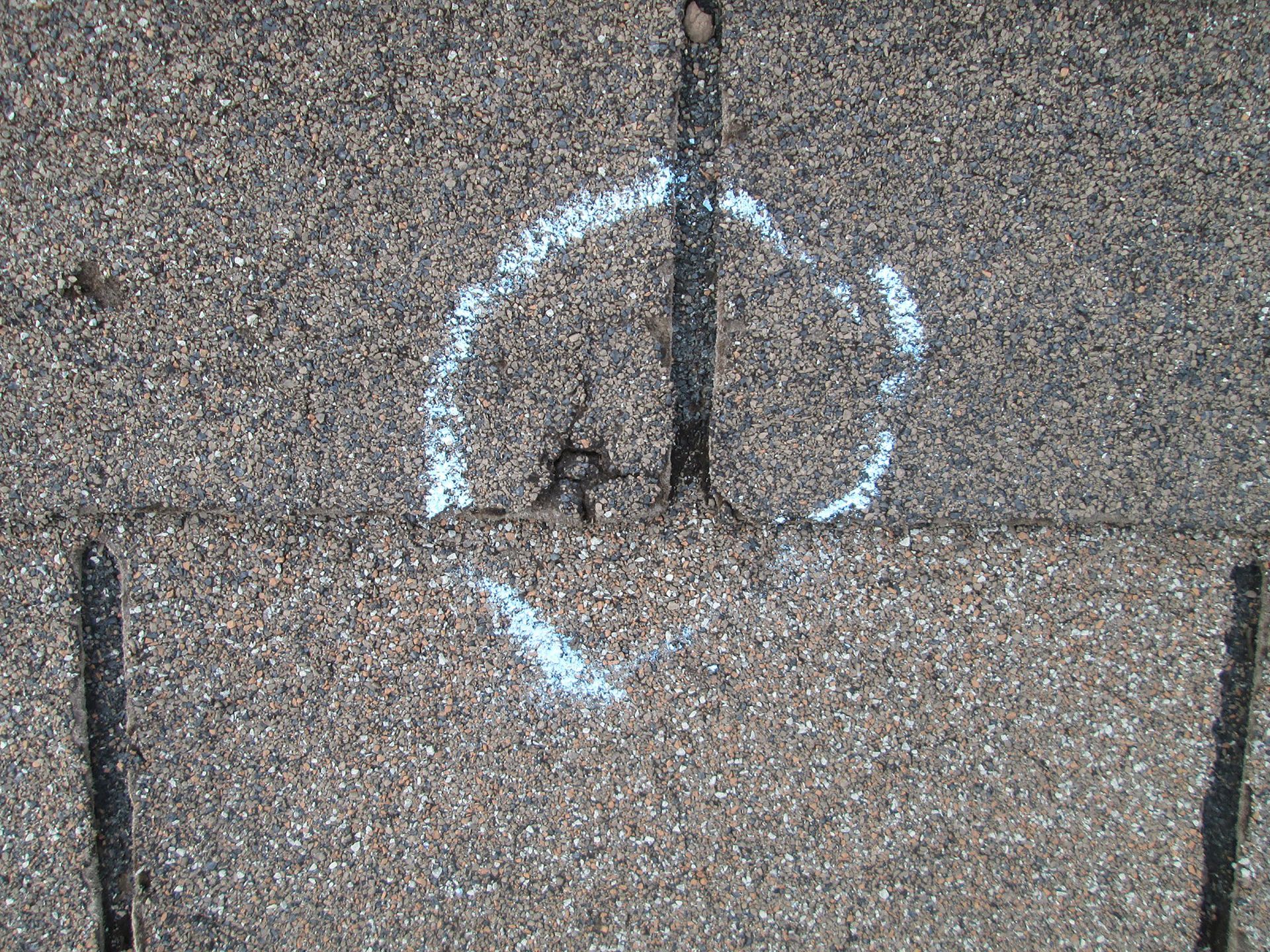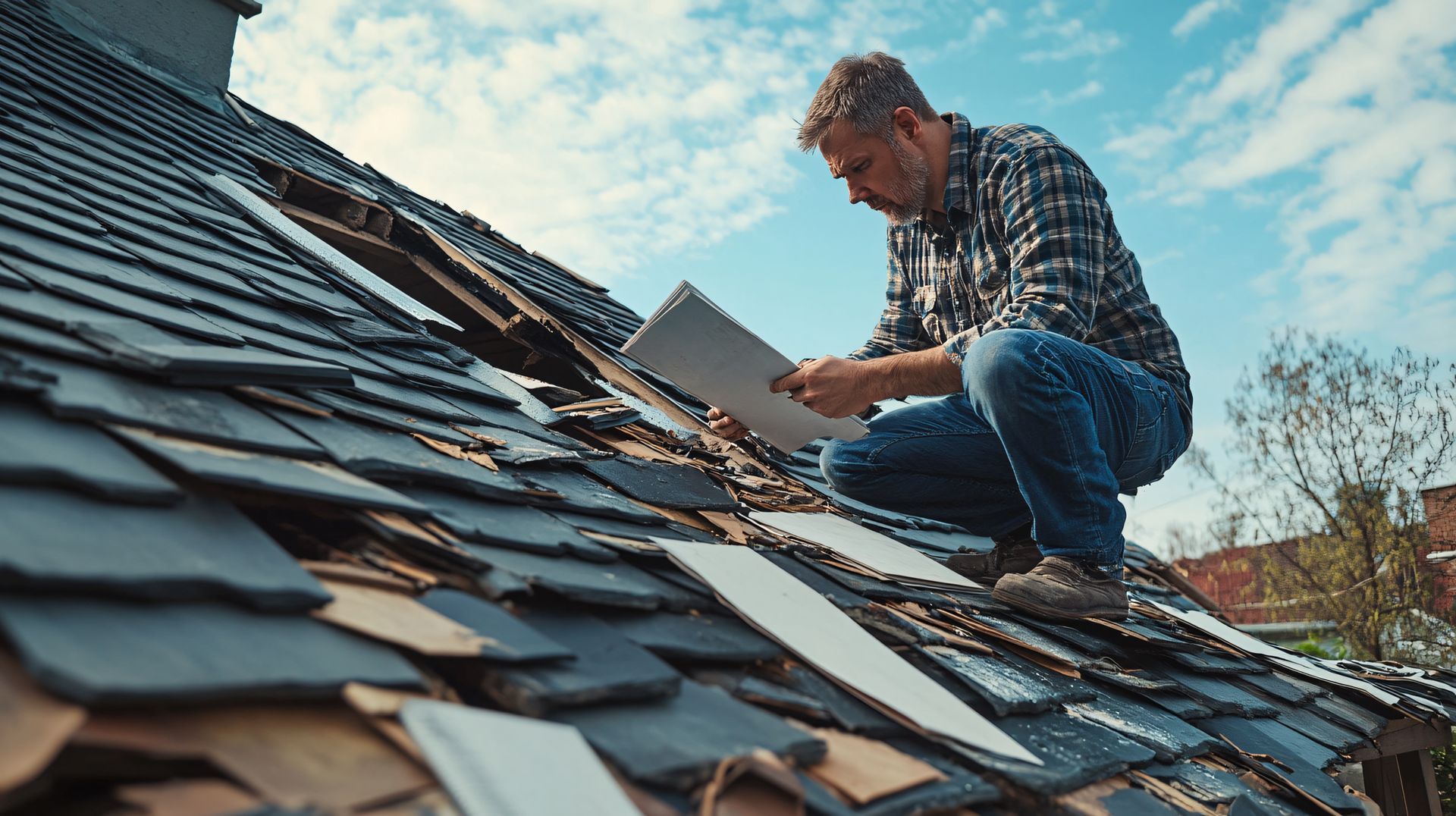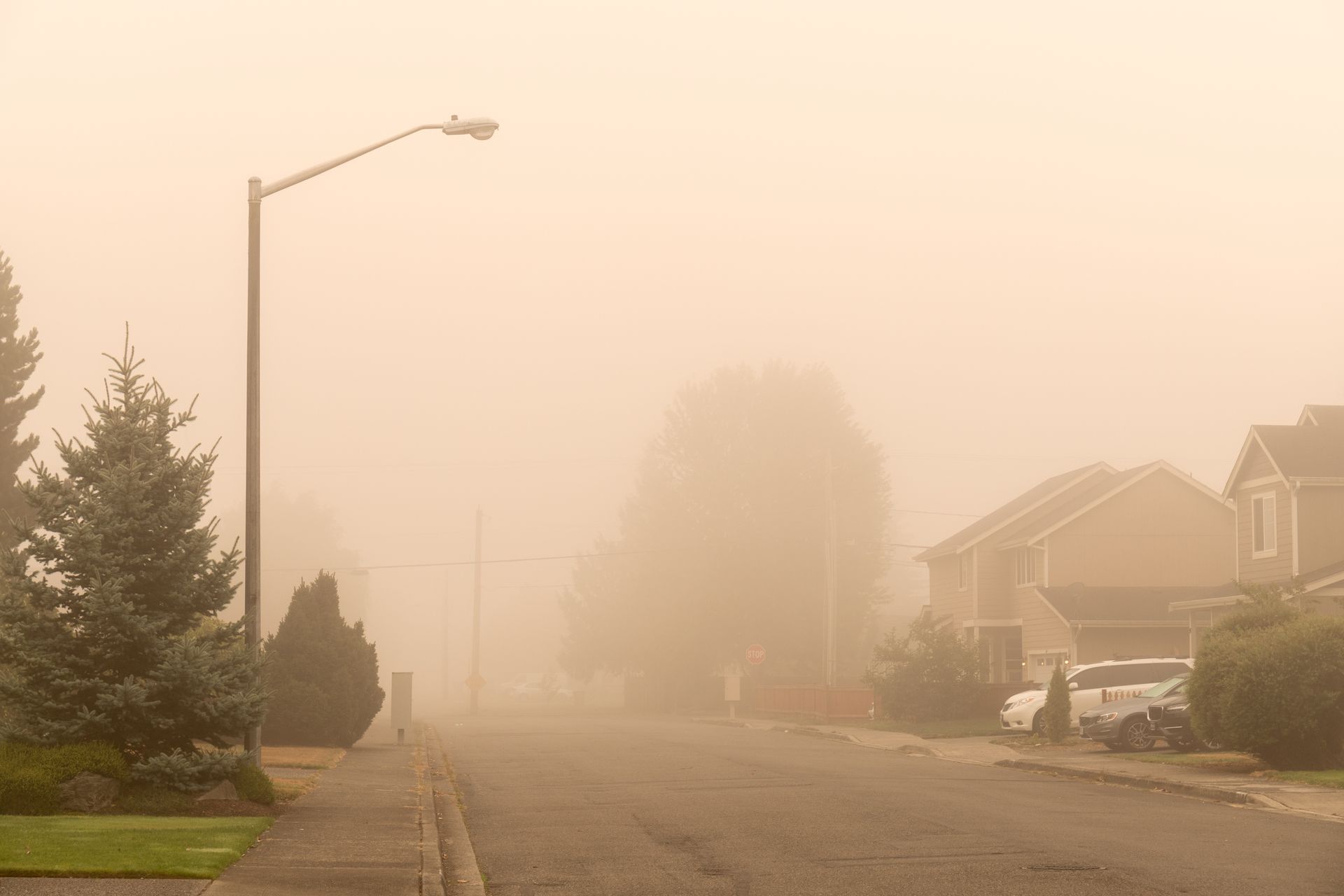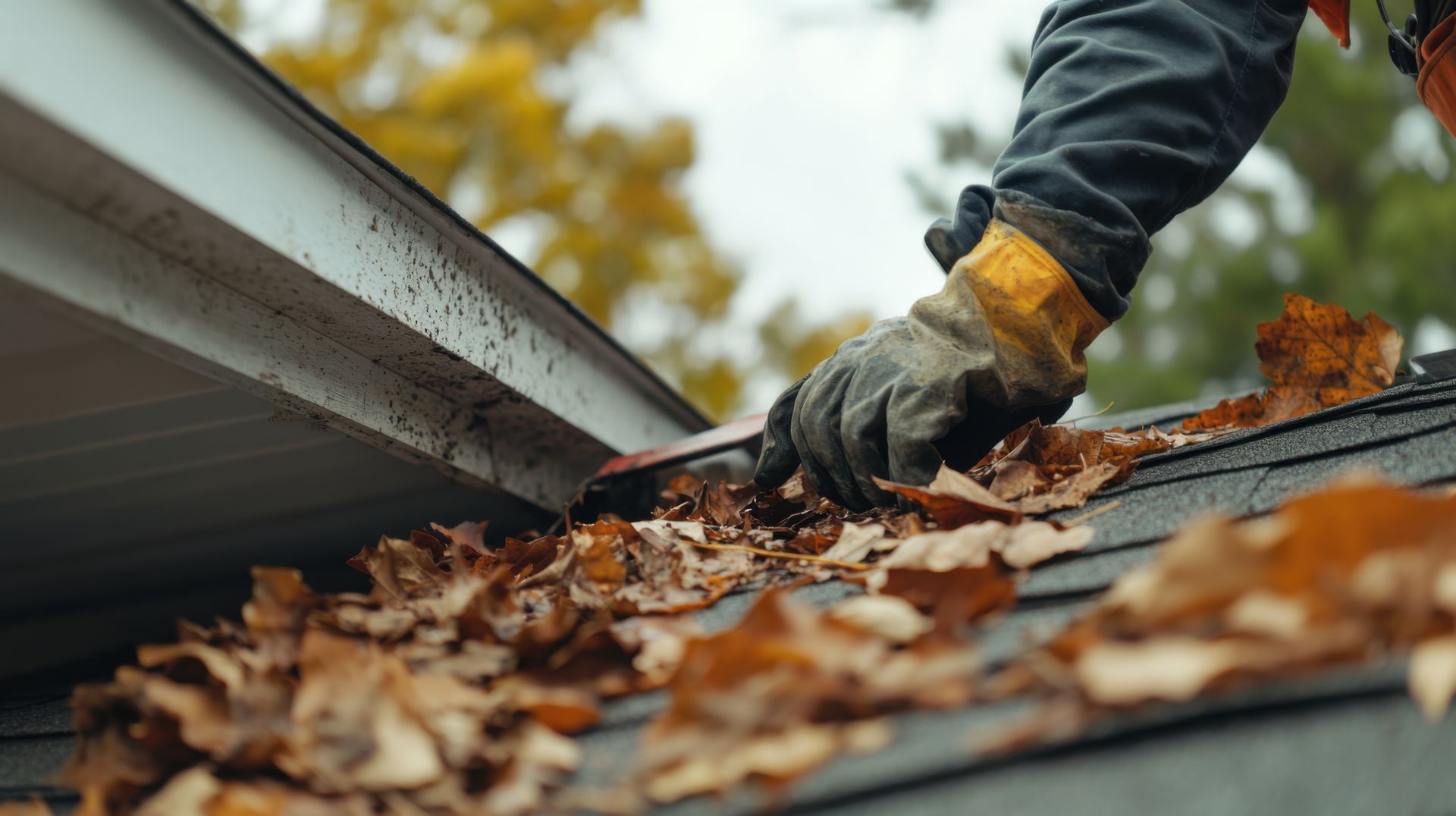Why Radiant Barriers and Proper Ventilation Are Game-Changers for Roof Efficiency in Texas Heat
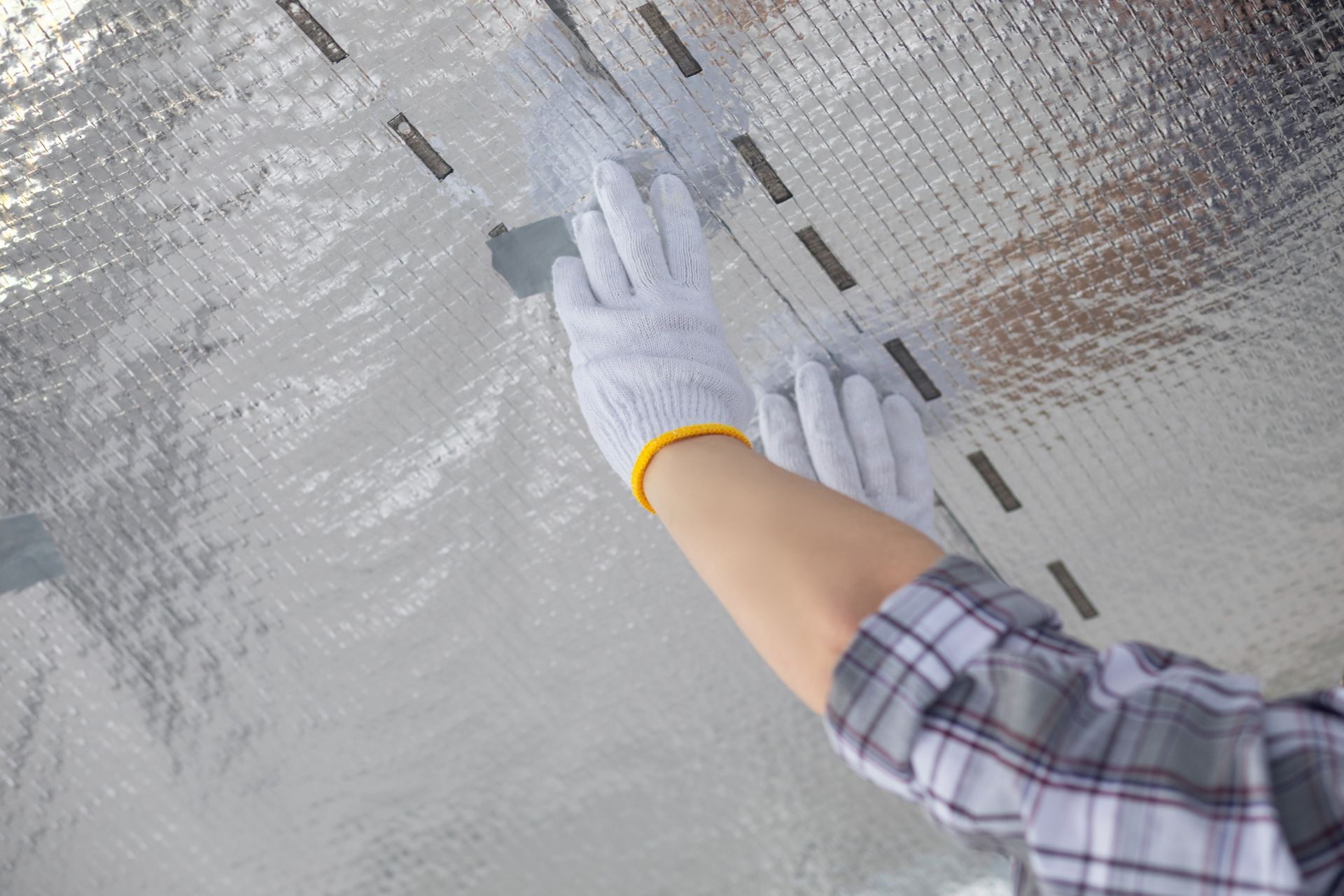
If you live in Texas, you know the summer heat isn’t just uncomfortable, it’s relentless. With temperatures often soaring into the triple digits, your home’s roof is constantly exposed to intense sunlight and scorching temperatures. For energy-conscious homeowners, this presents both a challenge and an opportunity: how can you reduce your cooling costs without sacrificing comfort?
The answer lies in two often-overlooked upgrades: radiant barriers and proper attic ventilation. Together, they can form a powerful system that improves energy efficiency, extends the life of your roof and helps your home stay cooler during brutal Texas summers.
What Is a Radiant Barrier?
A radiant barrier is a highly reflective material, typically made from aluminum foil, that is installed in the attic, either under the roof decking or laid across the floor of the attic space. Its primary purpose is to reflect radiant heat rather than absorb it.
When the sun beats down on your roof, heat transfers into the attic and then into your living spaces. A radiant barrier disrupts this process by reflecting up to 97% of radiant heat, significantly lowering attic temperatures.
In The Woodlands, where the sun is strong for most of the year, this single upgrade can make a dramatic difference in how hard your AC has to work.
Why Proper Ventilation Matters
While radiant barriers reflect heat, ventilation gives that heat somewhere to go.
Your attic needs a steady flow of air to stay cool and dry. This is typically achieved through a balanced system of intake vents (like soffit vents) and exhaust vents (like ridge or gable vents). When air flows freely through the attic, it prevents hot air from building up and reduces moisture that could damage insulation or lead to mold.
In the absence of proper ventilation, even the best radiant barrier won’t perform at its peak. Excess heat and humidity can still accumulate, putting stress on your HVAC system and shortening the lifespan of your roofing materials.
The Texas Heat Challenge
The combination of radiant barriers and ventilation can be particularly valuable in The Woodlands and the greater Houston area due to the unique climate challenges:
- High solar exposure: Roofs can reach 150–160°F on summer days.
- Extended cooling seasons: AC systems run heavily from late spring through early fall.
- Humidity: Without ventilation, moisture builds up in the attic, leading to mold, mildew, and structural damage.
Traditional roofing materials and old insulation likely won’t manage persistent summer heat and humidity efficiently.
Homeowners looking to reduce energy consumption and protect their investment should consider upgrades that address the problem at its source.
The Benefits of Combining Radiant Barriers and Ventilation
- Lower Energy Bills:
By reflecting heat and allowing hot air to escape, these two systems work together to dramatically lower attic temperatures, sometimes by as much as 30 degrees. This means your AC doesn’t have to work as hard, resulting in significant cooling cost reductions.
- Extended Roof Lifespan:
Heat buildup in your attic can cause shingles to deteriorate faster. A cooler attic means less wear and tear on your roof materials, helping them last longer and perform better over time.
- Improved Indoor Comfort: Even with a powerful HVAC system, some rooms may feel hotter than others due to heat radiating from above. Radiant barriers and ventilation help create a more balanced and comfortable environment throughout your home.
- Moisture and Mold Prevention:
Proper airflow prevents the buildup of moisture, which can damage your insulation and create a breeding ground for mold and mildew. This is especially important in humid regions of Texas.
- Environmentally Friendly Choice: Using less energy to cool your home doesn’t just save money, it reduces your carbon footprint. For eco-conscious homeowners, these upgrades support a greener, more sustainable lifestyle.
Is a Radiant Barrier Right for Every Home?
Radiant barriers are most effective in hot, sunny climates with high air conditioning costs, making it a great upgrade for homes in The Woodlands. Homes with dark-colored roofing, minimal shade or poor insulation tend to benefit the most.
However, installation quality is critical. A poorly installed barrier may trap moisture or fail to reflect heat effectively. That’s why it’s important to work with experienced professionals who know the unique needs of local homes.
Need a Roof That Performs Better in the Summer Heat in The Woodlands?
While radiant barriers and insulation help with attic heat control, the quality of your roof still plays the biggest role in how well your home handles Texas summers. If your current roof is aging, damaged or inefficient, a full replacement with modern materials and proper ventilation can make a noticeable difference in both durability and indoor temperature control.
Call Perkins Roofing today at (832) 702-0201 or contact us here on our website to schedule a free consultation and learn how to make your roof work smarter in the Texas heat.

